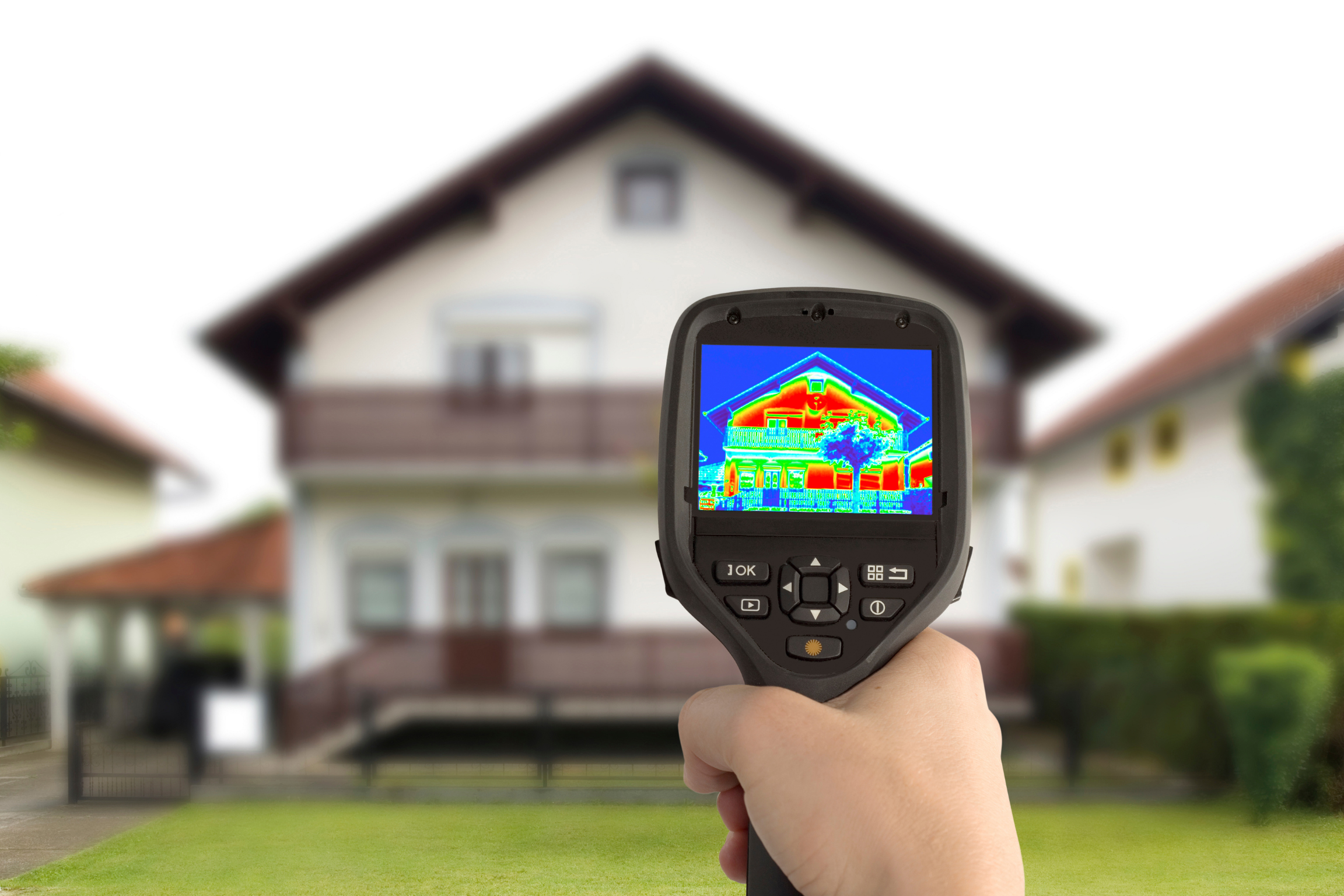- Book your home inspection online today and save $25 on your next inspection! BOOK NOW!
-
 617-615-9559
617-615-9559
 richie@randcinspectors.com
richie@randcinspectors.com
 617-615-9559
617-615-9559
 richie@randcinspectors.com
richie@randcinspectors.com
Fill up the form and we will reach out to help you set up a suitable time slot for your property inspection.

When you think of home inspections, what comes to mind? Perhaps someone with a checklist examining walls, plumbing, and the roof. But what if there’s a technology that can see beyond what meets the eye? Enter thermal imaging – a revolutionary tool that’s transforming how we inspect homes.
Thermal imaging, also known as infrared thermography, is a technique that uses infrared cameras to detect and capture the heat emitted by objects and surfaces. Every object with a temperature above absolute zero emits infrared radiation, which these cameras can pick up.
Imagine you’re looking at your home through special glasses that show heat instead of light. These cameras detect temperature differences and translate them into colors or shades on a screen. Areas with different temperatures show up as contrasting colors, helping inspectors identify potential issues that aren’t visible to the naked eye.
During a thermal imaging inspection, an experienced technician will use a handheld or mounted camera to scan various areas of your home. They’ll interpret the images in real-time, pointing out areas of concern and discussing any necessary actions or further investigations.
Thermal imaging is more than just a tool; it’s a game-changer in the world of home inspections. By revealing hidden issues that traditional methods might miss, it empowers homeowners to make informed decisions about maintenance and repairs. Whether you’re buying a new home or ensuring your current one is in top shape, consider the benefits of including thermal imaging in your inspection process. It’s a proactive step towards protecting your investment and ensuring your home is safe, comfortable, and efficient for years to come.